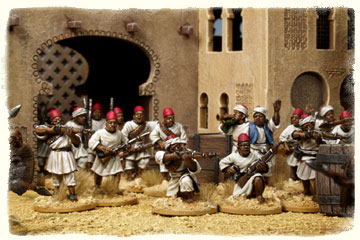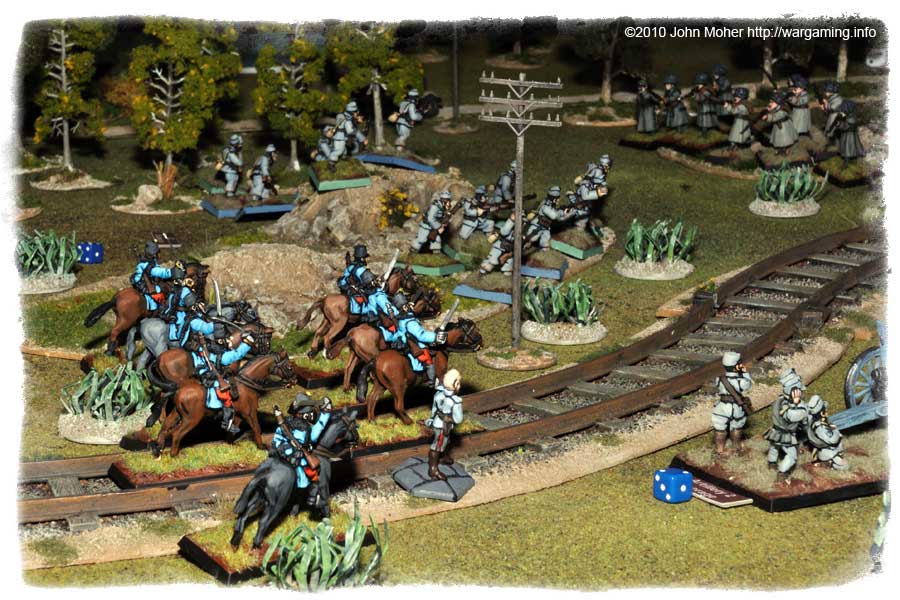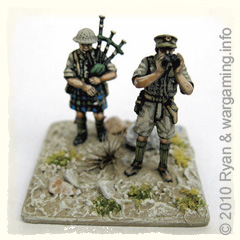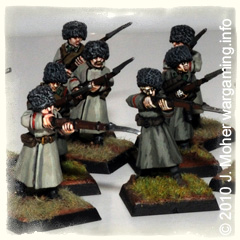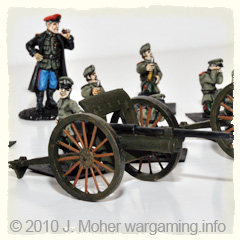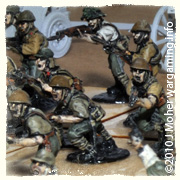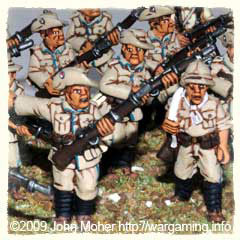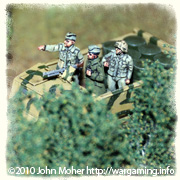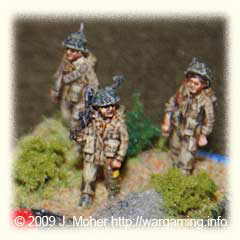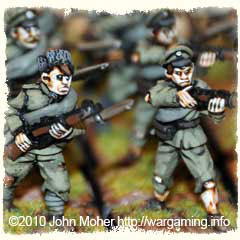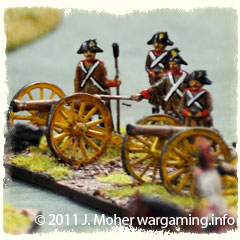
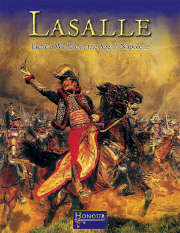
It was clear fresh morning as L’General-de-Division surveyed the ground – he looked remarkably like L’Empereur himself, even down to his stature and dress – there was a stationary mass of white across the rolling fields, Austrians by the gods, and he meant to teach them the superiority of French esprit de corps and steel! His men were ready, his sub-commanders Michel Ney, Joachim Murat, and Eugéne de Beauharnais were ready, the horses and cannons were ready – but first he needed a plan… Before he could muse over the days prospects a courier came breathlessly galloping up, his ADC soon came to tell him the news, it was not good – “the Austrians have collected the entire region’s supply of garlic!” “What!” exclaimed the General, “no garlic for our foraging troops – this will not do, not at all…”

